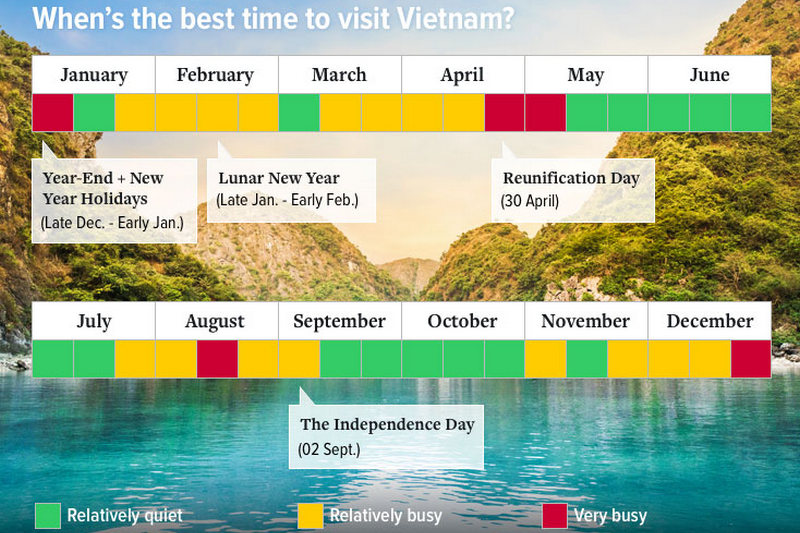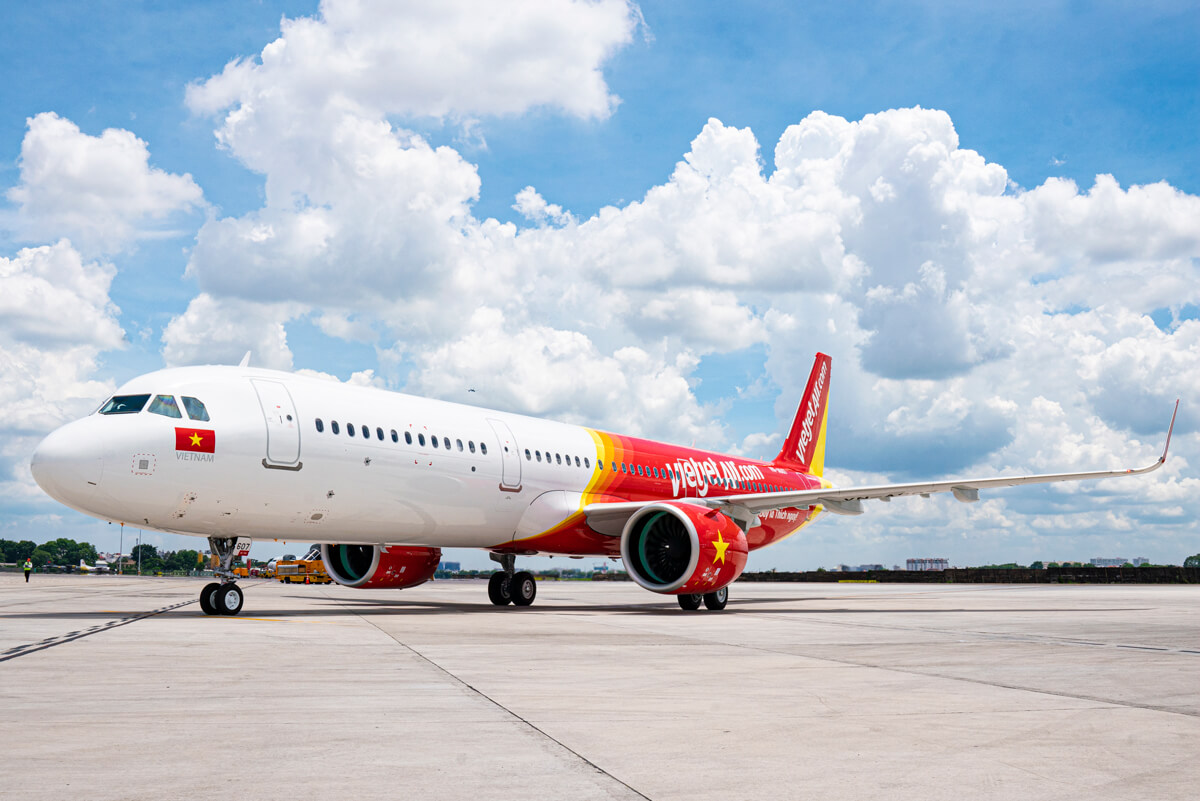High And Low Season For Tourism In Vietnam
With its tropical climate and diverse landscapes, Vietnam offers four distinct seasons, each with its own unique charm. As a foreign traveler planning a trip to Vietnam, you might be wondering when is the best time to visit. Let Inbound Vietnam help you discover the high and low season for tourism in Vietnam, so you can tailor your trip to your preferences.
Vietnam tourism - 4 seasons with 4 different experiences
.jpg)
-
Spring: Known as the most beautiful season, spring in Vietnam is characterized by warm weather and blooming flowers. Traditional festivals, especially the Lunar New Year, are celebrated during this time.
-
Summer: The perfect time to soak up the sun and enjoy the beach. Vietnam's coastline offers pristine beaches, clear waters, and exciting water activities like snorkeling and surfing.
-
Autumn: Autumn brings cool breezes, clear skies, and breathtaking landscapes. The harvest season paints the countryside in golden hues, making it a popular time for sightseeing.
-
Winter: Northern Vietnam experiences cooler temperatures, making it ideal for exploring mountainous regions like Sapa and Ha Giang. Visitors can enjoy the crisp air and stunning mountain scenery.
High and low season for tourism in Vietnam
Vietnam's tourism industry experiences both high and low seasons, which can vary depending on whether you're a domestic or international traveler.
Domestic Tourists
-
Peak Season (May to August): This is the peak tourism season in Vietnam, especially in coastal cities. Domestic companies often organize team-building activities during this time, coinciding with school summer vacations, leading to a surge in domestic tourism. Popular beach destinations such as Da Nang, Nha Trang, Phu Quoc, Con Dao, and Ha Long attract a large number of tourists.
-
Low Season (November to March): Vietnam's low tourism season typically occurs during the rainy season and periods without major festivals. The weather is unfavorable for outdoor activities during this time. Especially in winter, the cold weather in the North impacts many tourism activities. Vietnamese people tend to travel abroad more during this period, visiting countries like Thailand, South Korea, Japan, and Singapore.
.jpg)
High and Low Seasons for International Tourism in Vietnam
-
Peak Season (December to March): This is the peak season for international tourists, especially those from North America, Europe, and Northeast Asia with cold winters. During this period, many foreign tourists take advantage of the Christmas and New Year holidays to visit Vietnam and enjoy the tropical weather instead of the cold winter at home. Hanoi, Ninh Binh, Ha Long, and Sapa are the most attractive and ideal destinations during this time.
-
Low Season (May to August): Although this is the peak season for domestic tourism, for international tourists, especially from Western and Northeast Asian countries, the hot and humid weather in Northern Vietnam is less appealing. Temperatures can reach 35-40°C, and high humidity makes outdoor activities in destinations like Hanoi, Ninh Binh, and Sapa more challenging. These months do not coincide with major holidays in many countries like Europe, South Korea, Japan, or the US, so the number of international visitors to Vietnam tends to decrease. However, if you plan to travel to Vietnam during this time, cities like Da Nang, Nha Trang, Phu Quoc, Con Dao, and Ha Long would be the most suitable choices.
.jpg)
The High And Low Season For Tourism In Vietnam significantly impacts travel costs. During peak seasons, such as holidays, the influx of tourists often drives up prices for accommodations, dining, and flights. To ensure a smooth and enjoyable trip, it's highly recommended for travelers to plan ahead and make reservations in advance, especially during these periods of high demand.

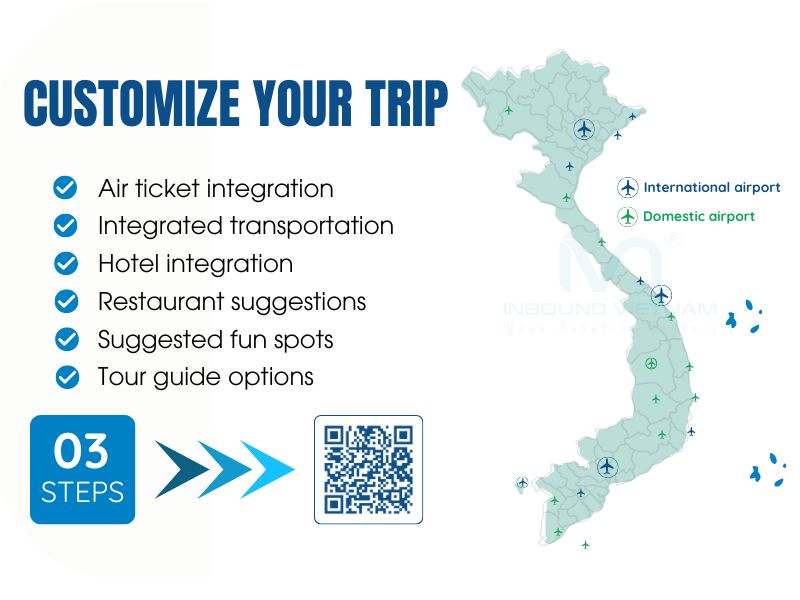
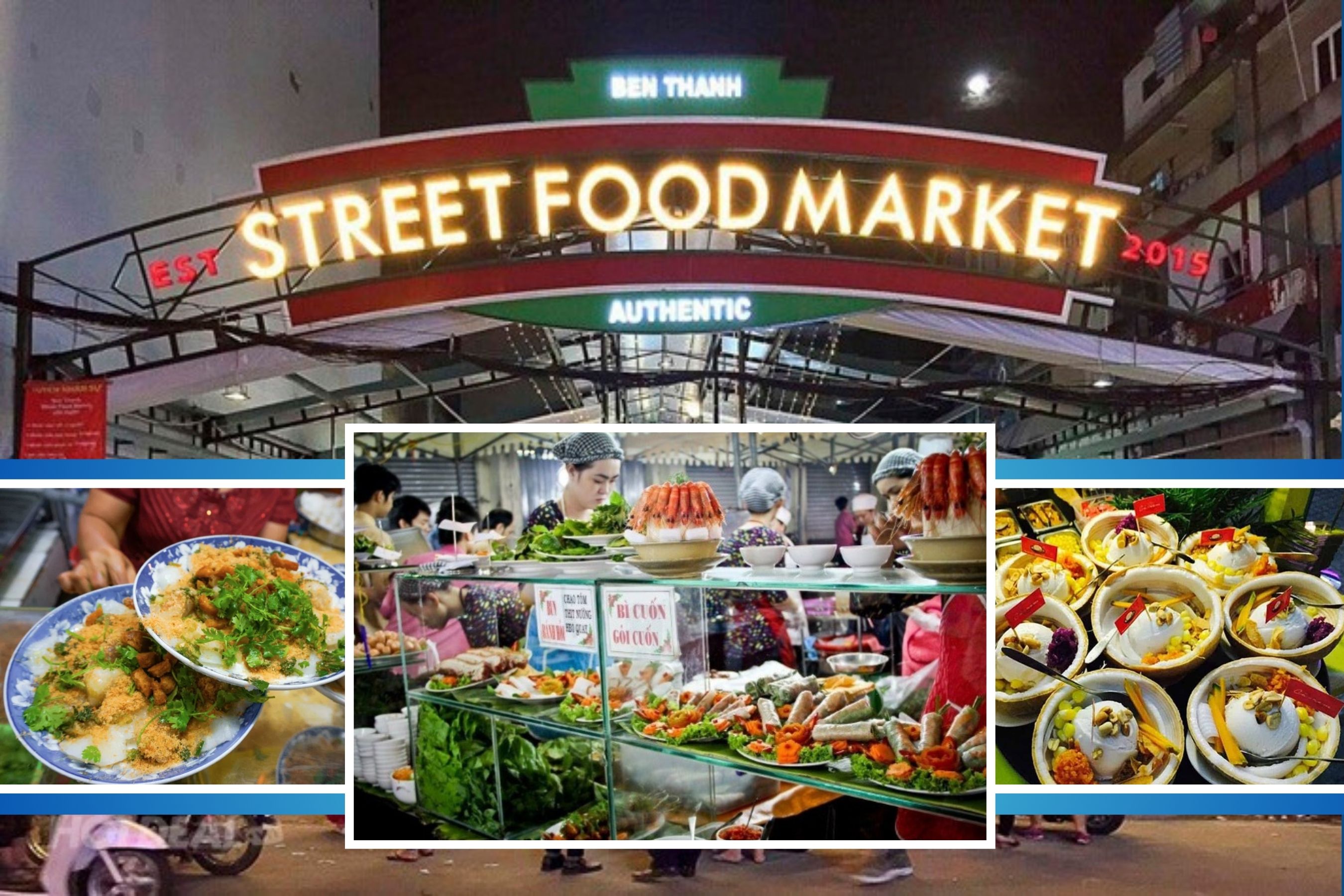
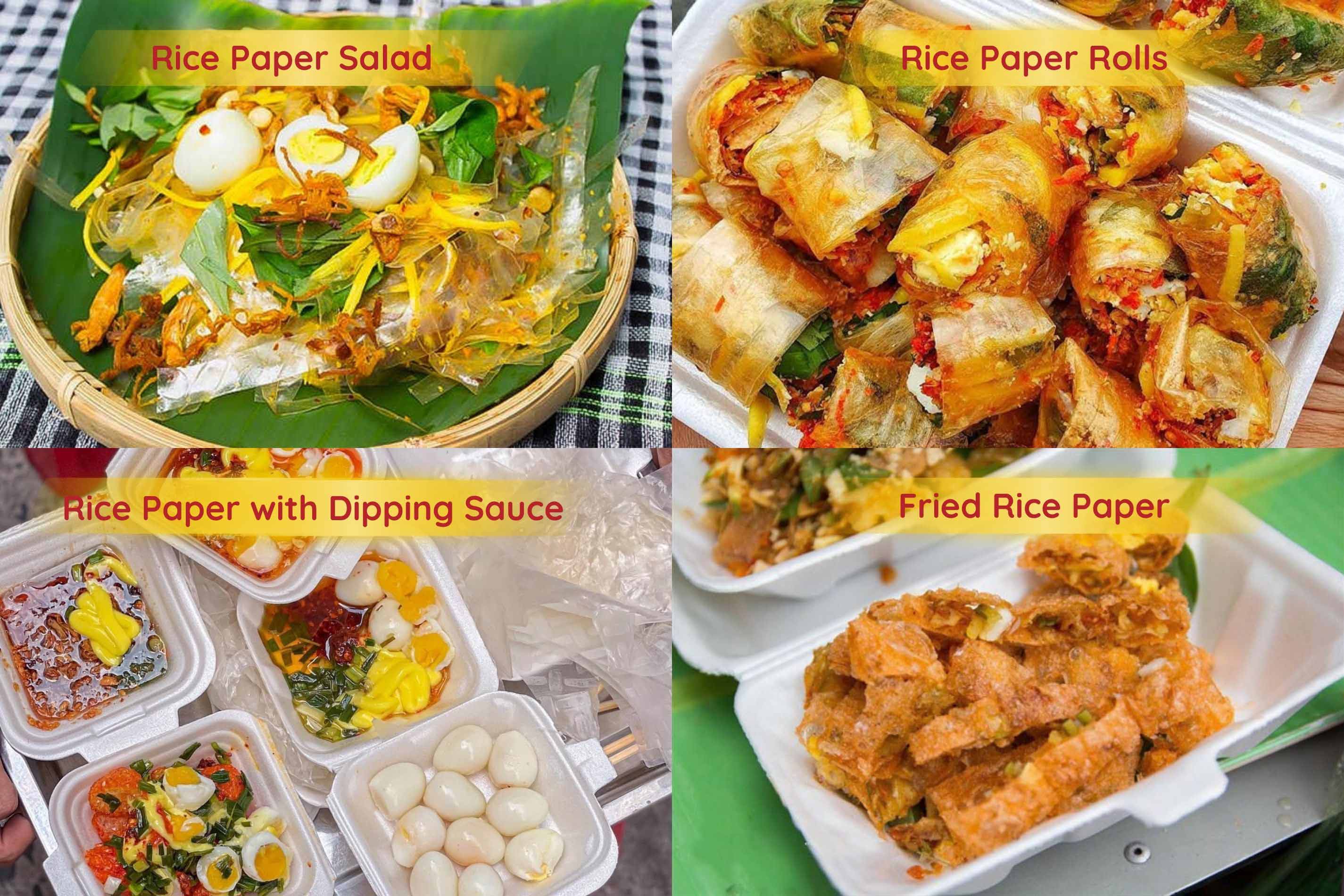
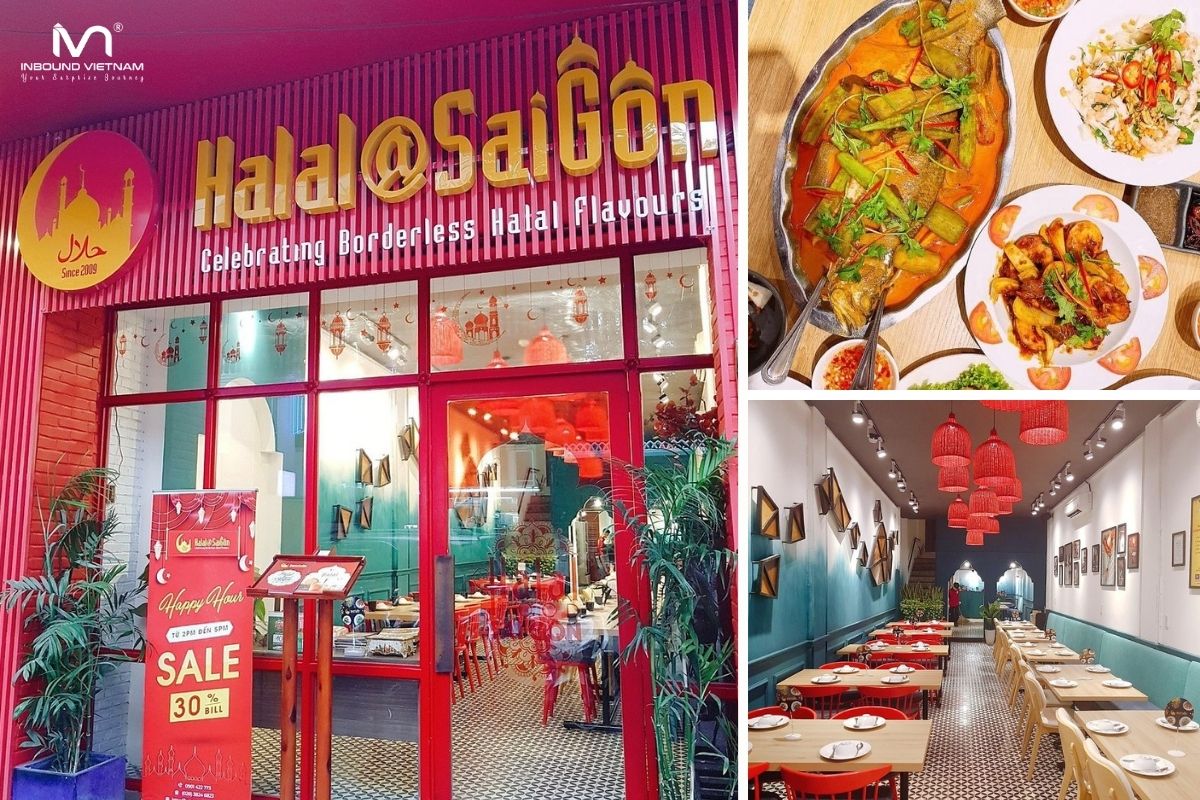
.jpg)
.jpg)
